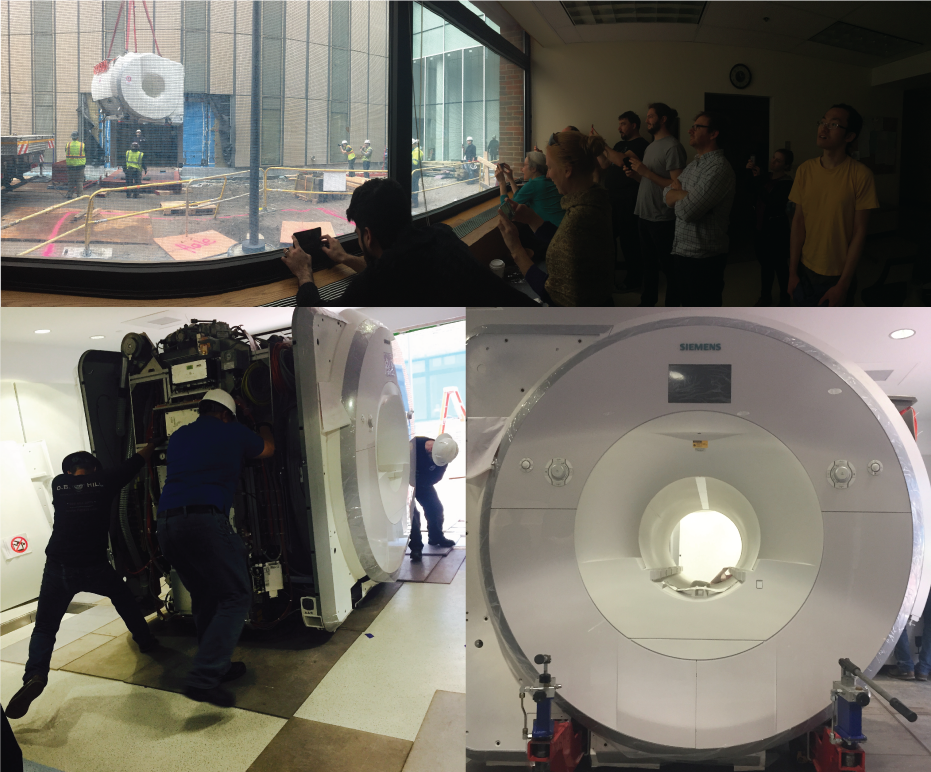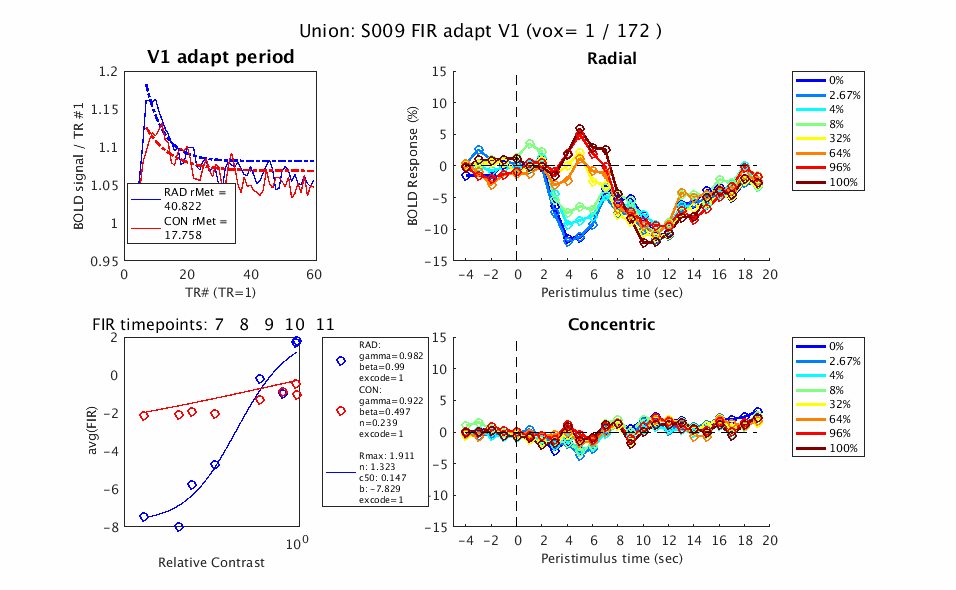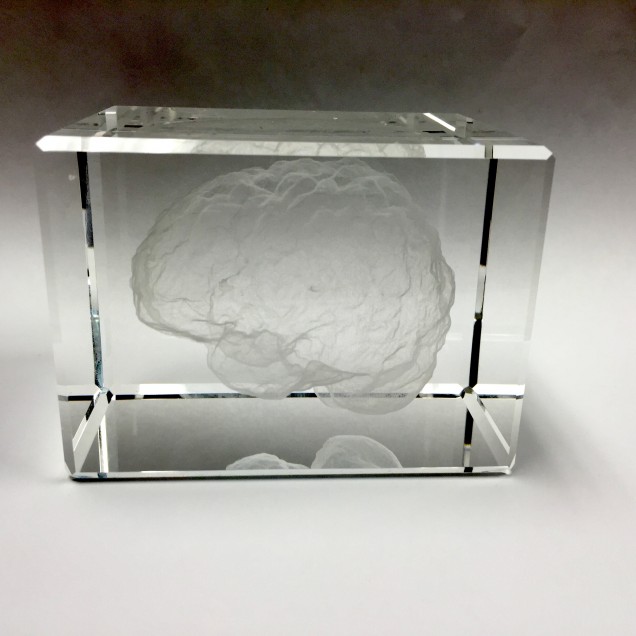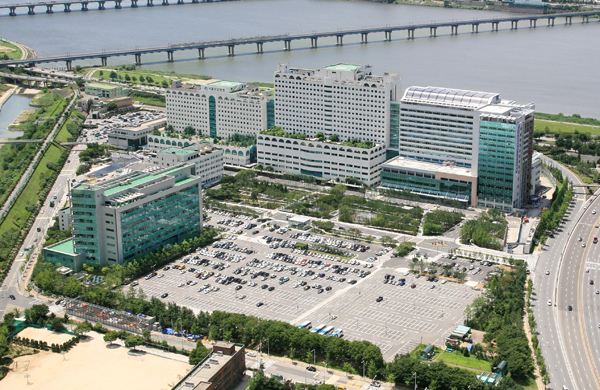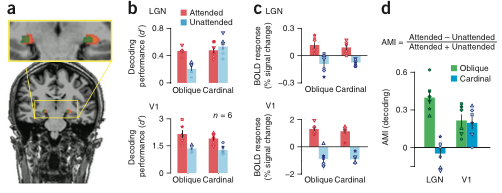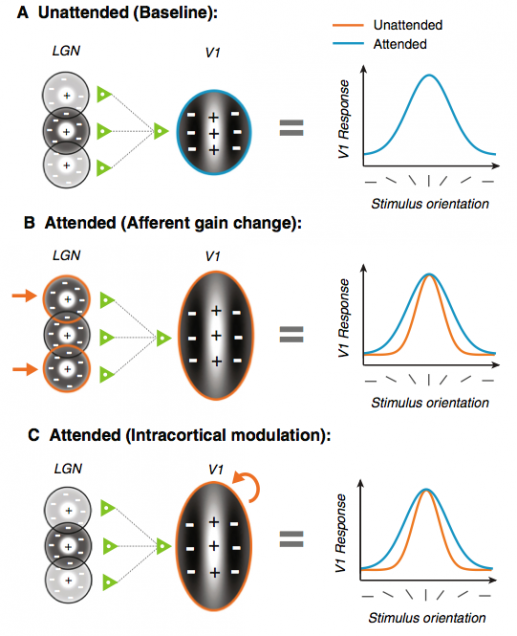Elevated arousal levels enhance contrast perception
Journal of Vision (2017)
Dongho Kim, Savannah Lokey & Sam Ling
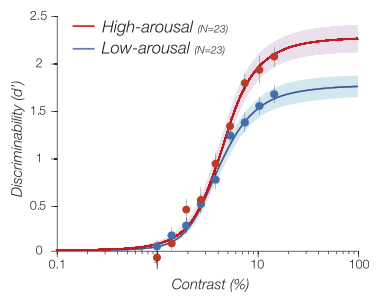
Our state of arousal fluctuates from moment to moment—fluctuations that can have profound impacts on behavior. Arousal has been proposed to play a powerful, widespread role in the brain, influencing processes as far ranging as perception, memory, learning, and decision making. Although arousal clearly plays a critical role in modulating behavior, the mechanisms underlying this modulation remain poorly understood. To address this knowledge gap, we examined the modulatory role of arousal on one of the cornerstones of visual perception: contrast perception. Using a reward-driven paradigm to manipulate arousal state, we discovered that elevated arousal state substantially enhances visual sensitivity, incurring a multiplicative modulation of contrast response. Contrast defines vision, determining whether objects appear visible or invisible to us, and these results indicate that one of the consequences of decreased arousal state is an impaired ability to visually process our environment.
Perceptual learning increases orientation sampling efficiency
Journal of Vision (2016)
Denise Moerel, Sam Ling & Janneke Jehee
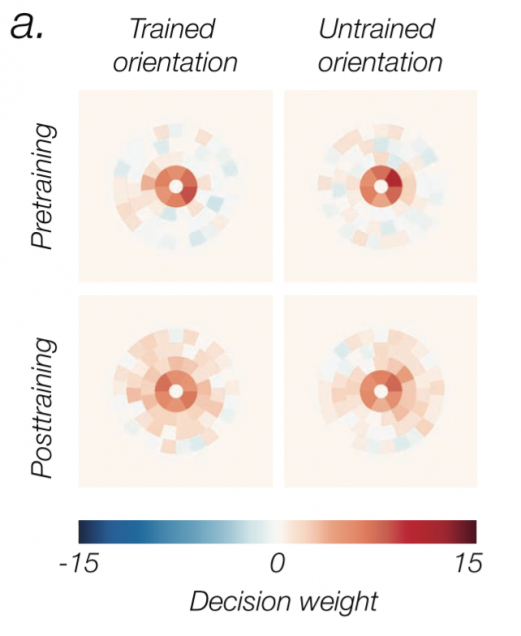
Visual orientation discrimination is known to improve with extensive training, but the mechanisms underlying this behavioral benefit remain poorly understood. Here, we examine the possibility that more reliable task performance could arise in part because observers learn to sample information from a larger portion of the stimulus. We used a variant of the classification image method in combination with a global orientation discrimination task to test whether a change in information sampling underlies training-based benefits in behavioral performance. The results revealed that decreases in orientation thresholds with perceptual learning were accompanied by increases in stimulus sampling. In particular, while stimulus sampling was restricted to the parafoveal, inner portion of the stimulus before training, we observed an outward spread of sampling after training. These results demonstrate that the benefits of perceptual learning may arise, in part, from a strategic increase in the efficiency with which the observer samples information from a visual stimulus.
The Occipital Face Area is Causally Involved in Facial Viewpoint Perception
Journal of Neuroscience (2015)
Tim Kietzmann, Sonia Poltoratski, Peter König, Randolph Blake, Frank Tong & Sam Ling
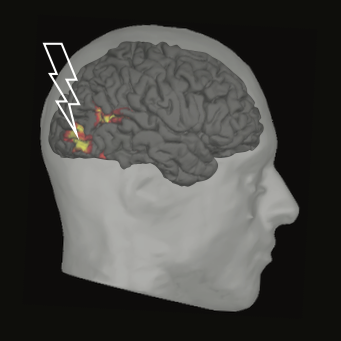
Humans reliably recognize faces across a range of viewpoints, but the neural substrates supporting this ability remain unclear. Recent work suggests that neural selectivity to mirror-symmetric viewpoints of faces, found across a large network of visual areas, may constitute a key computational step in achieving full viewpoint invariance. In this study, we used repetitive transcranial magnetic stimulation (rTMS) to test the hypothesis that the occipital face area (OFA), putatively a key node in the face network, plays a causal role in face viewpoint symmetry perception. Each participant underwent both offline rTMS to the right OFA and sham stimulation, preceding blocks of behavioral trials. After each stimulation period, the participant performed one of two behavioral tasks involving presentation of faces in the peripheral visual field: judging the viewpoint symmetry or judging the angular rotation. rTMS applied to the right OFA significantly impaired performance in both tasks when stimuli were presented in the contralateral, left visual field. Interestingly, however, rTMS had a differential effect on the two tasks performed ipsilaterally. While viewpoint symmetry judgments were significantly disrupted, we observed no impact on the angle judgment task. This interaction, caused by ipsilateral rTMS, provides support for models emphasizing the role of inter-hemispheric crosstalk in the formation of viewpoint-invariant face perception.
Farewell, Dongho!
Dongho's own crystal brain:
Dongho Kim has moved to Seoul to begin his new adventure as MR Scientific Consultant at ASAN Medical Center. We'll miss having you around Dongho!
Sam joins BU’s Hariri Institute Junior Faculty Fellows
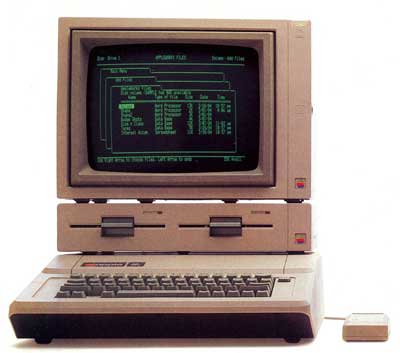 The Ling Lab now has affiliation w/ the Hariri Institute for Computing at Boston University!
The Ling Lab now has affiliation w/ the Hariri Institute for Computing at Boston University!
Sam was selected as a 2015 Hariri Institute Junior Faculty Fellows. The program recognizes junior faculty at Boston University working in diverse areas of computing and the computational sciences. Institute Fellows help connect like-minded researchers at BU and beyond, also providing a focal point for supporting broader collaborative research.
Official announcement here: http://www.bu.edu/hic/2015/09/28/institute-announces-2015-junior-faculty-fellows/
Sam awarded Peter Paul Career Professorship

More info on the Peter Paul Award (and a brief interview) here: http://www.bu.edu/today/2015/four-junior-faculty-awarded-peter-paul-professorships/
Dongho got a position!!
Congrats to Dongho Kim, who just accepted a position as Scientific Consultant at ASAN Medical Center, where he'll be conducting neuroimaging research in a clinical setting.
We're all very excited for you, Dongho!
New opinion piece by Dongho, Sam and Takeo Watanabe in F1000 Research!
New opinion paper on the relationship between rewards and perceptual learning.
Kim, D., Ling, S., & Watanabe, T. (2015)
Dual mechanisms governing reward-driven perceptual learning.
F1000 Research
Great writeup, Dongho!
Sara Receives NIH Computational Neuroscience training grant
Congrats to Sara Aghajari, who received an NIH fellowship to carry out her doctoral research for the coming year!
Congrats to Jianfei Guo
Congratulations to lab member Jianfei Guo, who is joining Joo-Hyun Song's lab at Brown University for grad school!
Congrats to Savannah Lokey!
Congrats to lab alum, Savannah Lokey, who just accepted an internship position at NIH, working in Leslie Ungerleider's lab!
Attention alters orientation processing in the human lateral geniculate nucleus
Nature Neuroscience (2015)
Sam Ling, Michael Pratte & Frank Tong
Orientation selectivity is a cornerstone property of vision, commonly believed to emerge in the primary visual cortex (V1). Here, we demonstrate that reliable orientation information can be detected even earlier, in the human lateral geniculate nucleus (LGN), and that attentional feedback selectively alters these orientation responses. This attentional modulation may allow the visual system to modify incoming feature-specific signals at the earliest possible processing site.
A review of the mechanisms by which attentional feedback shapes visual selectivity
Brain, Structure & Function (In Press)
Sam Ling, Janneke Jehee & Franco Pestilli
The glut of information available for the brain to process at any given moment necessitates an efficient attentional system that can ‘pick and choose’ what information receives prioritized processing. A growing body of work, spanning numerous methodologies and species, reveals that one powerful way in which attending to an item separates the wheat from the chaff is by altering a basic response property in the brain: neuronal selectivity. Selectivity is a cornerstone response property, largely dictating our ability to represent and interact with the environment. Although it is likely that selectivity is altered throughout many brain areas, here we focus on how directing attention to an item affects selectivity in the visual system, where this response property is generally more well characterized. First, we review the neural architecture supporting selectivity, and then discuss the various changes that could occur in selectivity for an attended item. In a survey of the literature, spanning neurophysiology, neuroimaging and psychophysics, we reveal that there is general convergence regarding the manner with which selectivity is shaped by attentional feedback. In a nutshell, the literature suggests that the type of changes in selectivity that manifest appears to depend on the type of attention being deployed: whereas directing spatial attention towards an item only alters spatial selectivity, directing feature-based attention can alter the selectivity of attended features.

